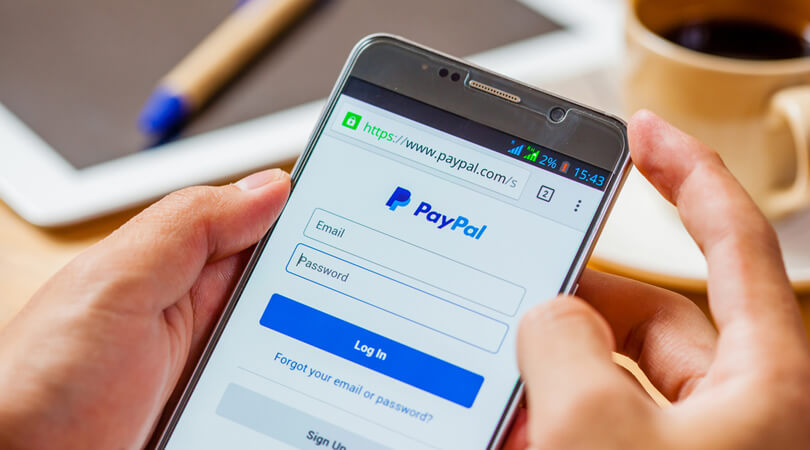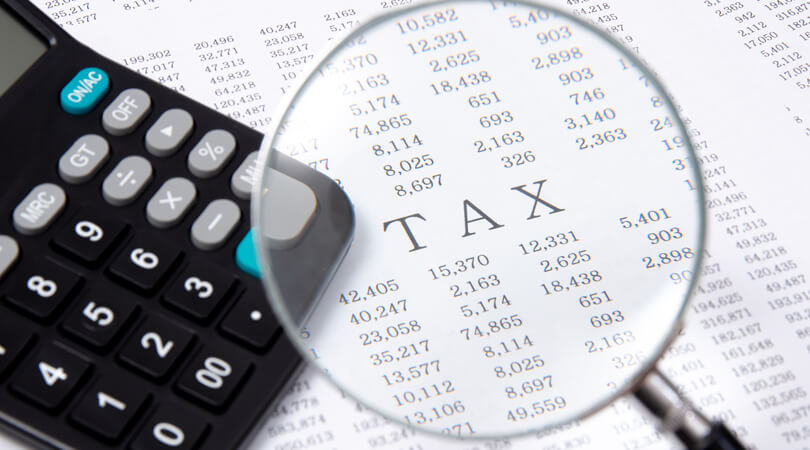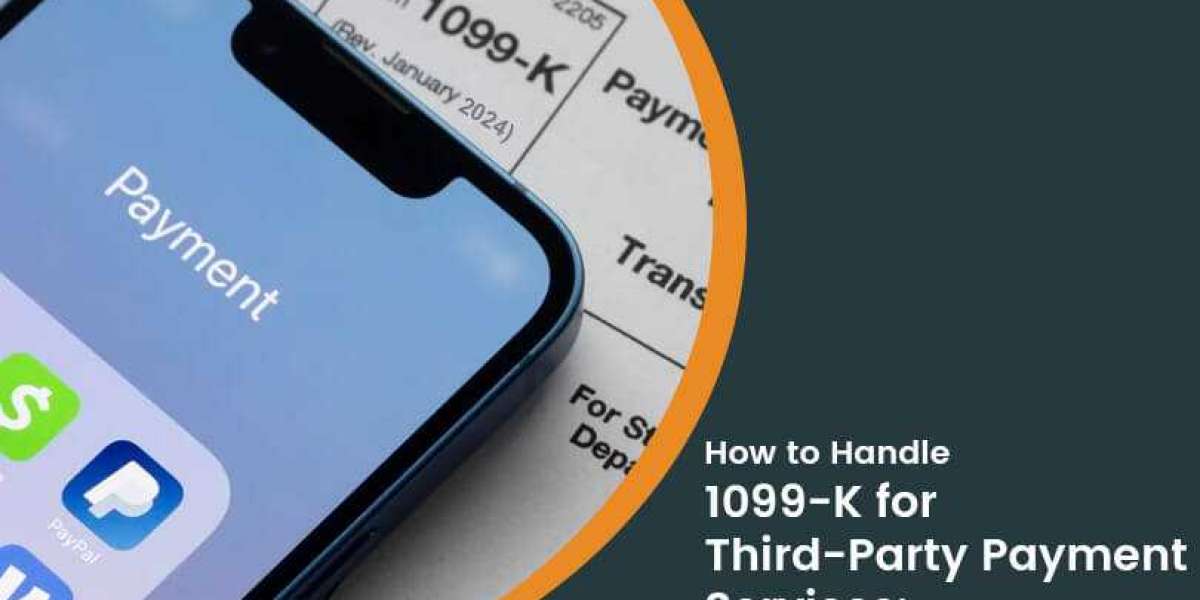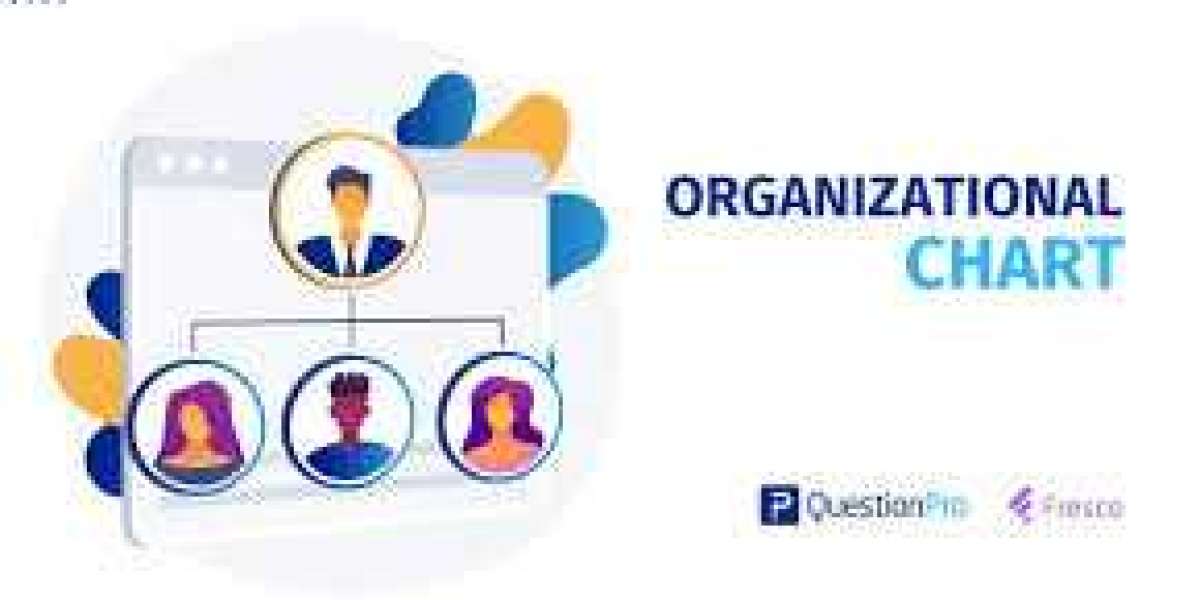Are you ready for the tax season? If not, here we are to help you with the most critical tax aspect of the year—1099-K reporting.
As a small business owner, staying compliant with tax regulations is crucial for your financial health and legal compliance. Recent changes in 1099-K reporting requirements may impact your business, particularly if you process payments through third-party payment processors like PayPal, Square, or Stripe.
Manage all your transactions on a single platform to make tax reporting easier. Switch to Field Promax Now.
Preparing for taxes is in itself a complex affair. Throw some new laws for online transactions into the mix, and it gets even harder. People everywhere are now leaning more towards online transactions instead of paying cash. There is no way one can avoid this while dealing with multiple customers and vendors. However, the various changes made to the 1099-K reporting requirements make it hard to keep up.
If you, too, are perplexed by this law and its changing requirements, we are here to help. In this blog, you will find everything you need to know about the 1099-K form and its new requirements. So, to be better prepared for the tax season coming up, read on!
Know the Background: American Rescue Plan Act
The American Rescue Plan Act, signed into law on March 11, 2021, by President Joe Biden, is a comprehensive economic stimulus package aimed at providing relief to individuals, businesses, and communities affected by the COVID-19 pandemic. Building upon previous relief measures, such as the CARES Act and the Consolidated Appropriations Act, the American Rescue Plan Act allocates approximately $1.9 trillion in funding for various initiatives. These include direct stimulus payments to individuals, expanded unemployment benefits, funding for COVID-19 testing and vaccine distribution, support for small businesses, aid to state and local governments, and provisions for education, housing, and healthcare.
The Act reflects the Biden administration’s commitment to addressing the ongoing economic challenges and public health crisis resulting from the pandemic, with the goal of accelerating the nation’s recovery and ensuring equitable access to relief for all Americans.
Among those changes was also a shift in tax reporting for 1099 workers and vendors. It slashed the 1099-K reporting threshold significantly, lowering it from $20,000 and 200 transactions to $600.
The 1099-K $600 threshold was scheduled to take effect for the 2022 tax year, meaning most forms reporting the new thresholds would have been due by January 31, 2023. However, on December 23, 2022, the IRS announced the threshold would apply to transactions occurring after the calendar year 2022 instead. In effect, the IRS gave affected taxpayers an extra year to get their financial affairs in order.
What is 1099-K?
Now that we have an understanding of where this tax document comes from, let us focus on the more important stuff—what is a 1099-K form?
Essentially, the 1099-K form is an IRS tax form documenting payments made to a business, individual, or entity that isn’t an employee. They’re top of mind at the start of every year because payers are generally required to send the appropriate PayPal 1099 form to the payee by January 31, though some 1099 forms are due after that. All 1099 forms must also be filed with the IRS.
There are currently more than 20 different 1099 forms, including Form 1099-K, Form 1099-NEC, and Form 1099-MISC.
In particular, Form 1099-K reports non-W-2 income received during the year from the following:
- Payment card transactions (credit, debit, or stored value cards, such as a gift card)
- Third-party network transactions (payment apps or online marketplaces, including third-party payment settlement organizations)
In simpler terms, A 1099-K PayPal/Venmo/Stripe is an IRS reporting form that shows how much money you’ve received during the year through third-party payment processors like Venmo, PayPal, etc. But the forms also come from other online platforms that process payment transactions, such as eBay, StubHub, Etsy, and more. Primarily, it is supposed to report transactions for goods and services. Personal transactions (e.g., sending money to friends or family not in exchange for goods or services) should not be reported on the 1099-K form.

The Form 1099-K could be sent to anyone who’s using payment apps or online marketplaces to accept payments for selling goods or providing services. This includes people with side hustles, small businesses, crafters, and other sole proprietors. However, it could also include casual sellers who sold personal items like clothing, furniture, and other household items for which they paid more than they sold them. Selling items at a loss is not actually taxable income but would have generated many Forms 1099-K for many people with the $600 threshold.
This new, much lower threshold for the 1099-K (also known as the $600 rule) has caused a lot of confusion and means that more people who have never received a 1099-K could now receive one. So, for example, if you provided an HVAC repair service to one of your customers for $650 and were paid through a third-party payment network, and that’s your only such transaction in 2023, you could receive a 1099-K for your 2023 tax return. In the past, that $650 sale would have been far too small to trigger the IRS reporting form.
This complexity contributed to the IRS decision to delay the additional year to give the agency time to update its operations and make it easier for taxpayers to report the amounts on their forms.
What to Expect with the Delay in the 1099-K Reporting Requirement?
Since its introduction in 2021, the IRS has announced a delay until 2022 for a new tax reporting rule. This change in rules required payment service providers like PayPal and Venmo to issue Form 1099-K for every business transfer over $600.
Before 2022, the IRS and the taxpayers received 1099-K forms when business payments crossed a threshold of over 200 transactions worth an aggregate above $20,000. The financial authority stated this change, along with the one-year delay, was provided for the taxpayers to help navigate the financial transition process after the global pandemic more seamlessly.
This announcement implied that for third-party payment services, such as Venmo and PayPal, 1099 K is not required for business transactions going over $600 until 2022. They may continue to maintain the previous threshold of more than 200 transactions going over $20,000 in aggregate.
Most business and financial experts applauded the change in the rules, maintaining that the delay in the timeline would give taxpayers more time to prepare. Doug O’Donnel, the acting commissioner of the IRS, stated that the additional time would help taxpayers understand the new requirements before the 2023 tax season. However, many financial experts and business organizations remarked that the change in the rules led to several confusions, especially when it came to properly identifying business transactions versus personal payments.
Following the feedback from taxpayers all over the country, the IRS delayed the threshold change again, making 2023 another transition year to reduce the potential confusion caused by the distribution of an estimated 44 million Forms 1099-K sent to many taxpayers who wouldn’t expect one and may not have a tax obligation.
In the notice dated November 21, 2023, the IRS said it was “planning for a threshold of $5,000 for tax year 2024 as part of a phase-in to implement the $600 reporting threshold enacted under the American Rescue Plan.” This phased-in approach will allow the agency to review its operational processes to better address taxpayer and stakeholder concerns.
This revision to the 1099 k law indicates that starting in tax year 2024, it will transition toward the new rule by increasing the reporting threshold from $600 to $5,000. That means people who receive more than $5,000 in payments via PayPal and other apps in 2024 will receive the 1099-K tax form in early 2025 to complete their 2024 tax returns.
For the 2025 tax year, however, the threshold would step down to $600, unless the IRS makes additional changes.
How Does a 1099-K Affect Your Taxes?
Whether you receive a 1099-K or not, the IRS expects you to report your taxable income. And third party payment networks that you had transactions with that trigger the reporting threshold, will send a copy of the form to both you and the IRS. So, when you receive a 1099-K, you should keep it with your tax documents and make sure that the information on the form matches your records.
Double check that the income and other information on the form are accurate. If the 1099-K doesn’t belong to you, has an incorrect taxpayer identification number, or has incorrect payment transactions or amounts, contact the payment network that sent you the form. Their information should appear on the lower left of the 1099-K. They may be able to correct the form if they send you a corrected version. Keep that, along with any other correspondence from the network, in your files.
Keeping good records and documentation is the best way to support any deductions claimed and income reported on your federal tax return. And your claimed tax deductions and credits, and income, taken together, will ultimately determine how much tax you pay overall and whether you receive a tax refund.

How to Prepare for This Reporting Change?
If you’re self-employed, you should already be paying taxes on your total income, even if you don’t receive a 1099-K from all of your earnings. This isn’t a new rule; it’s a tax reporting change. The IRS will be switching the reporting requirement to payment apps so it can keep tabs on transactions that often go unreported.
Any payment apps you use may ask you to confirm your tax information, such as your employer identification number, individual tax identification number, or Social Security number. If you own a business, you most likely have an EIN, but if you’re a sole proprietor, individual freelancer, or gig worker, you’ll provide an ITIN or SSN.
In some cases, receiving a 1099-K may take some of the manual work out of filing your self-employment taxes.
Once this rule takes effect, you may still receive individual 1099-NEC forms if you were paid through direct deposit, check, or cash. If you have multiple clients who pay you through PayPal, Venmo, Upwork, or other third-party payment apps and you earn more than $5,000, you’ll receive one 1099-K instead of multiple 1099-NECs.
To avoid any reporting confusion, make sure you’re tracking your earnings manually or with accounting software such as Quickbooks.
Tips to Handle the Changes in 1099-K Reporting
Hoping you have grasped what 1099-K reporting and how it impacts your business, we move on to give you some helpful tips for handling the changes made to the tax requirements.
Here’s what you can do to manage this more effectively and avoid penalties:
- Understand the Changes
Familiarize yourself with the updated 1099-K reporting requirements, which now include a lower reporting threshold. Previously, payment processors were required to issue 1099-K forms for businesses with at least $20,000 in gross payments and 200 transactions annually. However, the threshold has been lowered to $600 in gross payments, regardless of the number of transactions.
- Review Payment Processor Statements
Regularly review the statements provided by your payment processors to track your total gross payments throughout the year. Ensure accuracy in recording all transactions, including sales, refunds, and adjustments, as these figures will determine whether you meet the reporting threshold.
- Organize Financial Records
Maintain organized financial records, including invoices, receipts, and transaction details, to reconcile the information provided by your payment processors with your internal accounting records. This ensures accuracy in reporting and facilitates the identification of discrepancies or errors.
- Consult with Tax Professionals
Seek guidance from tax professionals or accountants familiar with the latest tax regulations and reporting requirements. They can provide personalized advice based on your business’s specific circumstances and help you navigate any complexities associated with 1099-K reporting.
- Update Accounting Systems
Update your accounting systems or software to accommodate the changes in 1099-K reporting requirements. Ensure that your systems accurately capture and categorize transactions to facilitate reporting and tax filing processes.
- Communicate with Vendors and Contractors
Inform vendors, contractors, and other parties involved in your business transactions about the updated reporting threshold for 1099-K forms. Clarify any questions or concerns they may have regarding tax reporting and provide the necessary documentation as required.

- Plan for Tax Filings
Prepare in advance for tax filings by gathering all relevant financial documents, including 1099-K forms received from payment processors. Review tax filing deadlines and ensure compliance with reporting requirements to avoid penalties or fines.
- Stay Informed
Stay updated on any further changes or developments in tax regulations that may impact your business. Subscribe to official IRS updates, consult with industry associations, and engage in continuing education to remain informed and proactive in managing your tax obligations.
By following these steps and proactively addressing changes in 1099-K reporting requirements, small businesses can ensure compliance with tax regulations, minimize risks, and maintain financial stability in an evolving regulatory landscape.
1099 K Reporting: How Can Field Promax Help?
Field Promax offers invaluable assistance to small businesses in managing tax filing and third-party payments efficiently. With its robust features for scheduling, invoicing, and tracking, Field Promax simplifies the process of documenting business transactions, ensuring accurate records for tax purposes. The software’s integration capabilities allow seamless sync with QuickBooks, facilitating simplified accounting and bookkeeping for accurate tax preparation.
Furthermore, Field Promax manages credit, debit, and online payments all on one platform, thanks to its seamless integration with Stripe. With this, you enjoy the convenience (and avoid any confusion that may arise from 1099-K delays) of having a single account for all your transactions. Besides, the integration makes reviewing payment history, payment methods, sale type, etc. easier, making it your perfect ally ahead of the tax season.







